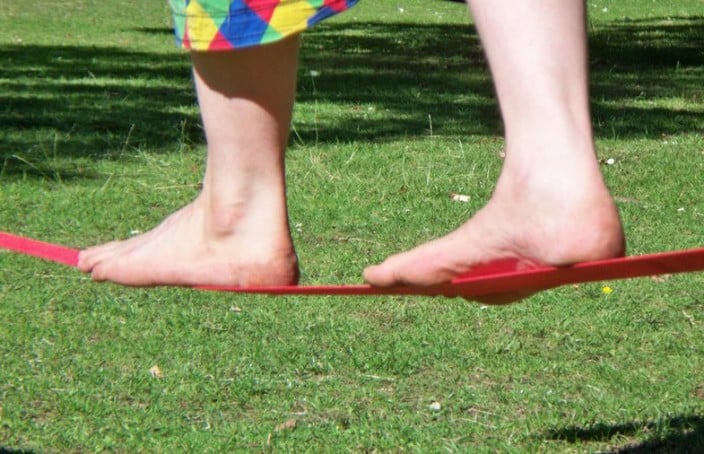NICE has recently unveiled their new HbA1c targets for type 1 diabetes –and they’re tighter.
Previously, NICE had given a wider target of 59 mmol/mol (7.5%) with a target of 48 mmol/mol (6.5%) for those that were able to achieve this without risking hypos.
The new guidelines released on 26 August have tightened up the targets to 48 mmol/mol (6.5%) for all people with diabetes, including children.
Is the target impossible?
Some people with type 1 have viewed the new targets with a sense of horror but should we be shocked?
On Facebook, Martine Molson wrote: “only time I achieved 7 was during pregnancy and I was permanently hypo”.
Yes, the new targets are going to be tough for many people to meet, however, they’re not impossible to reach.
In reply, Tamsin Thompson wrote: “my last HbA1c was 5.4% and I haven’t had a hypo in over a month. I’m a Type 1 diabetic.”
Is the target still too tight?
NICE have gone for a single target with their latest guidelines. In some ways this is helpful as it simplifies the matter.
The worry that some people may have is if they feel that not hitting the target is failure.
Again on Facebook, Philip French states: “No such thing as a perfect diabetic so the NHS should stop putting so much pressure on us.”
Try not to see the target as pressure but rather as a target to aim towards. If you can’t hit 48 mmol/mol, try to get as close as you can without risking hypos.
Sugar level targets are always tough to set as people’s abilities and circumstances can greatly differ.
Whilst some people find 59 mmol/mol (7.5%) a challenge in itself, for others the wider target is less like hitting a bullseye from ten paces and more like hitting the board from arm’s length.
One of the benefits of the new target is that it makes communication of the target simpler for doctors and nurses. There’s now one ideal target to aim for with individual targets to be tailored for each individual.
Help to hit the targets
 NICE are no doubt aware that most people with type 1 will have some difficulty in hitting the tighter target and have tried to lay out methods to help people with type 1 diabetes to achieve or get closer to the target.
NICE are no doubt aware that most people with type 1 will have some difficulty in hitting the tighter target and have tried to lay out methods to help people with type 1 diabetes to achieve or get closer to the target.
The guidelines state that all type 1 adults should be offered the chance to go on a structured education course, such as the DAFNE course. People newly diagnosed with type 1 diabetes should be offered the chance to go on a structured education course within six to 12 months after diagnosis.
The guidelines also state that people with type 1 diabetes should be supported in testing at least four times a day and up to 10 times a day if one of a number of factors apply (including planning for pregnancy, to ensure safe driving and before, during and after sport).
Continuous glucose monitoring is now recommended for people that experience significant problems with hypos, including loss of hypo awareness, and for people that have a high HbA1c (above 75 mmol/mol [9%]) despite testing at least 10 times per day.
The high cost of CGM systems (thousands of pounds) means it is likely that CGMs will only be available sparingly
If you are having trouble with hypos, you can join our Hypo Awareness Program which has helped thousands of people to get to grips with hypos.




